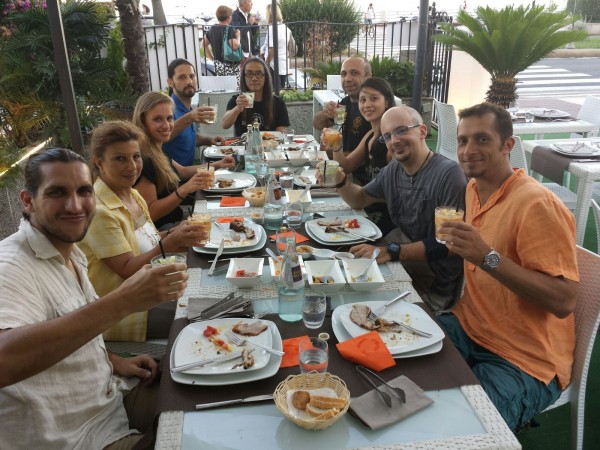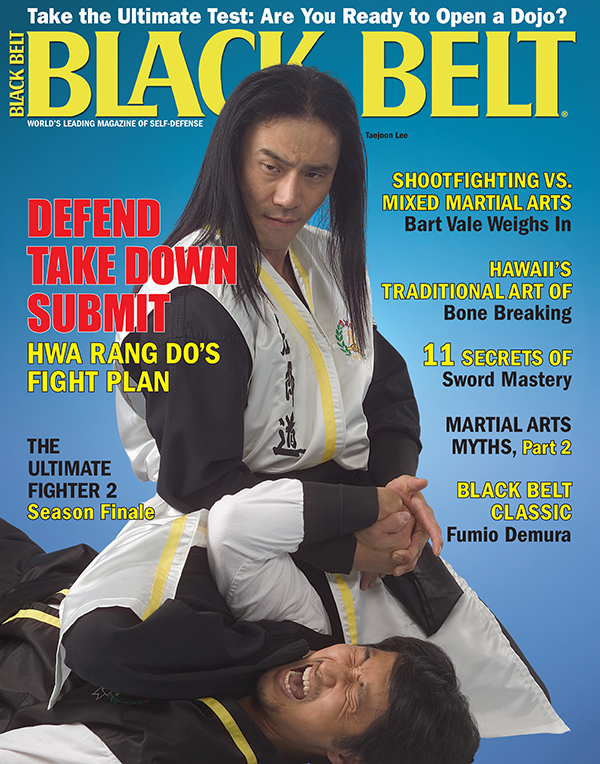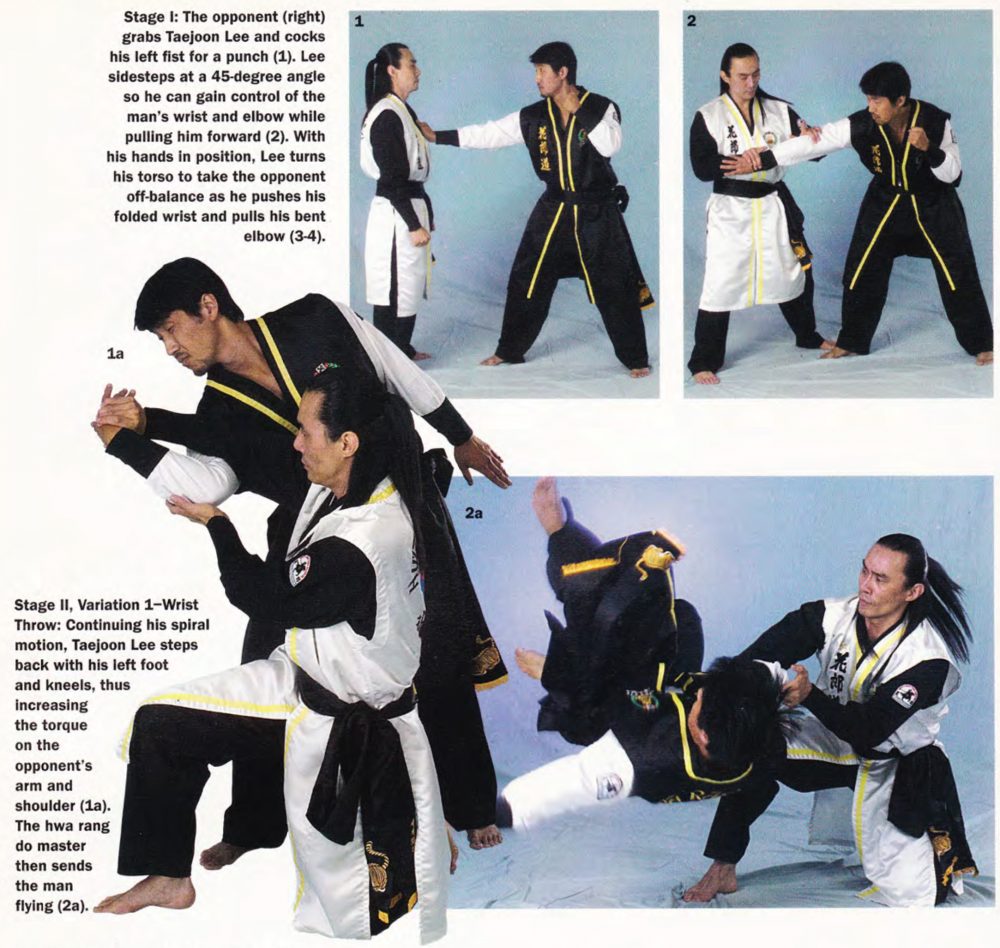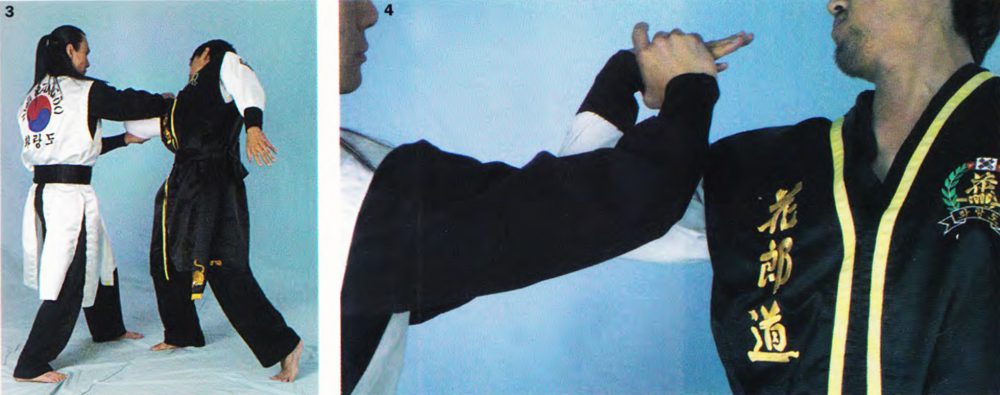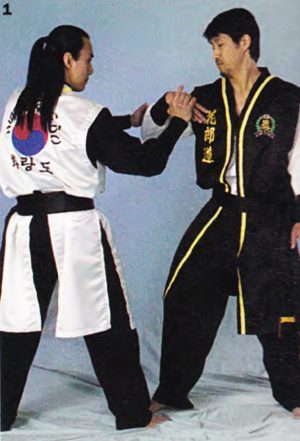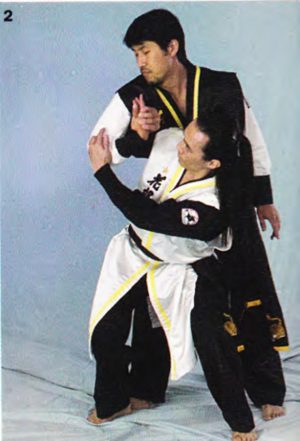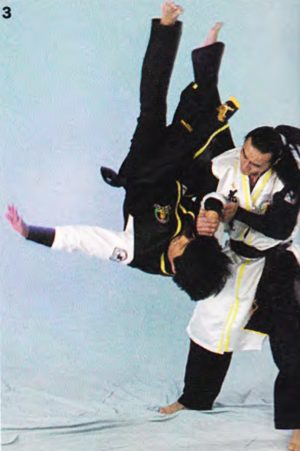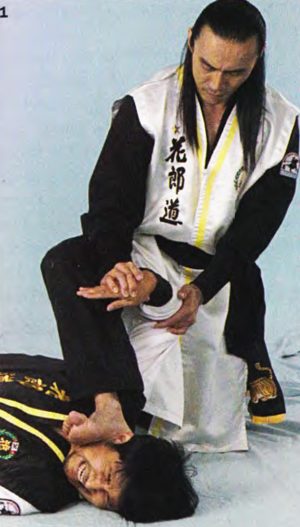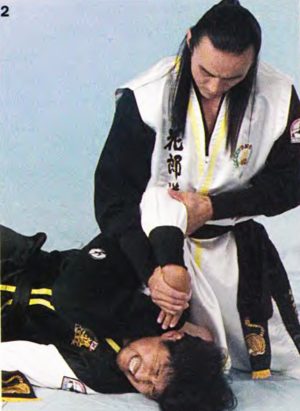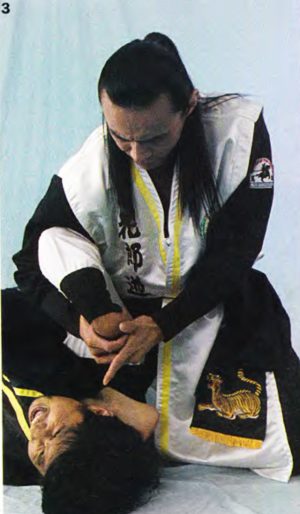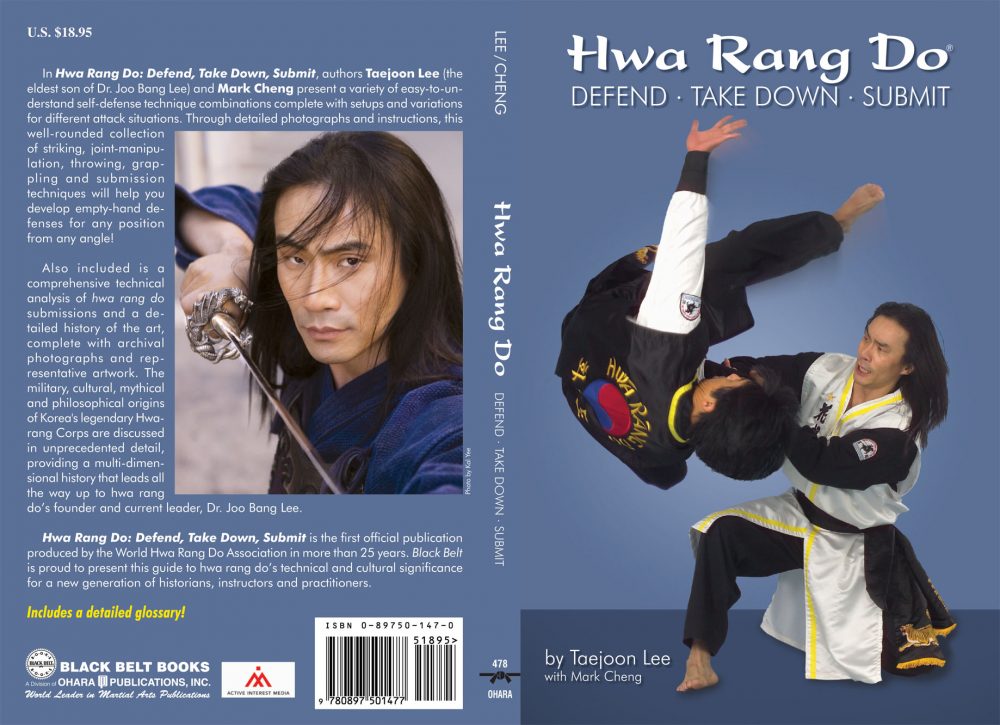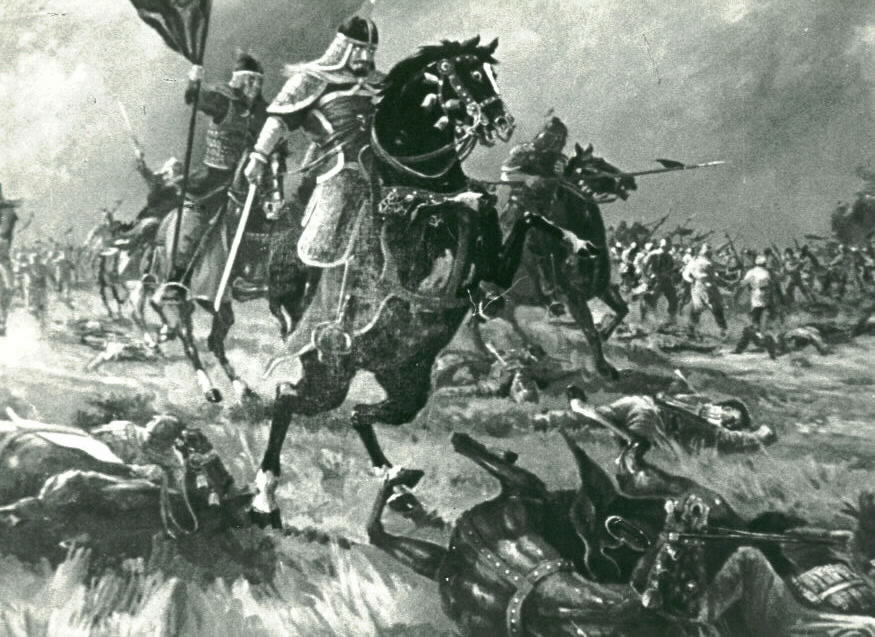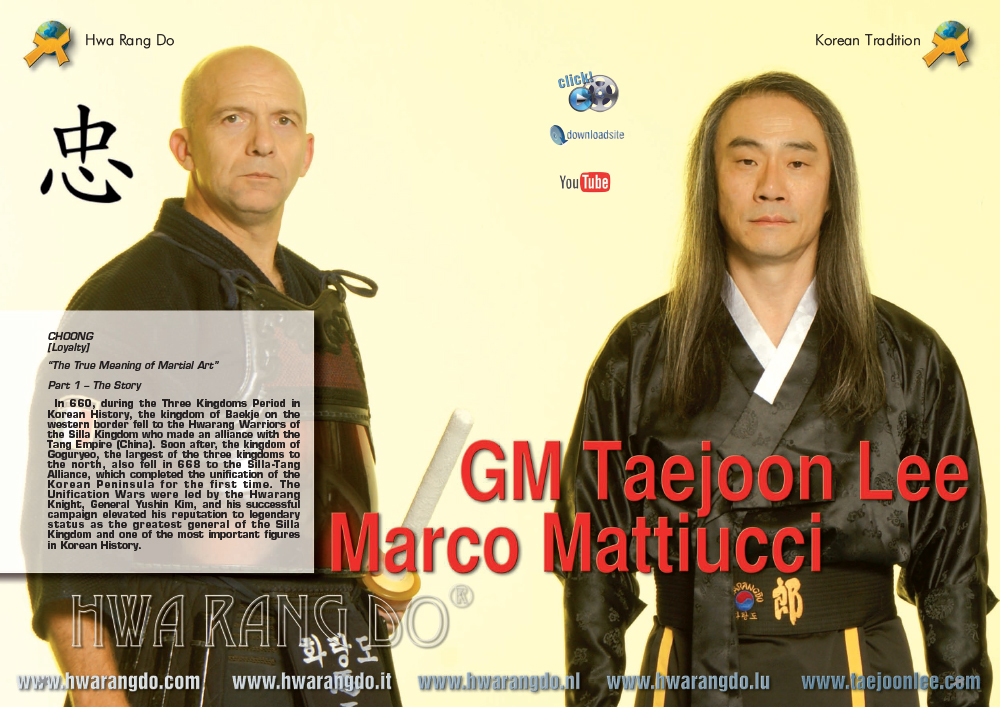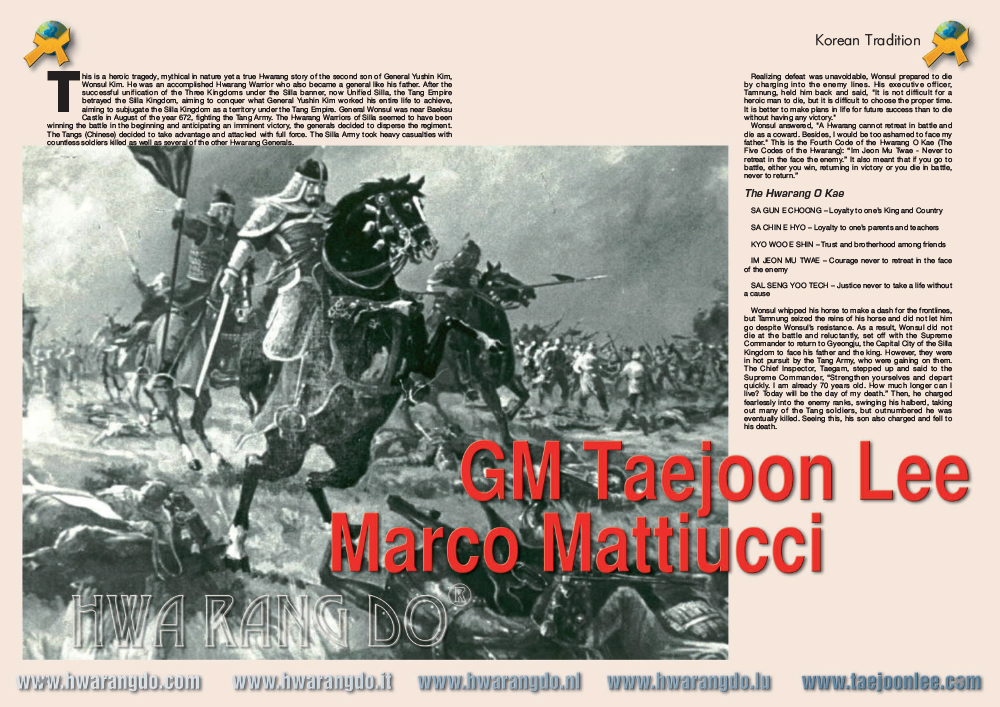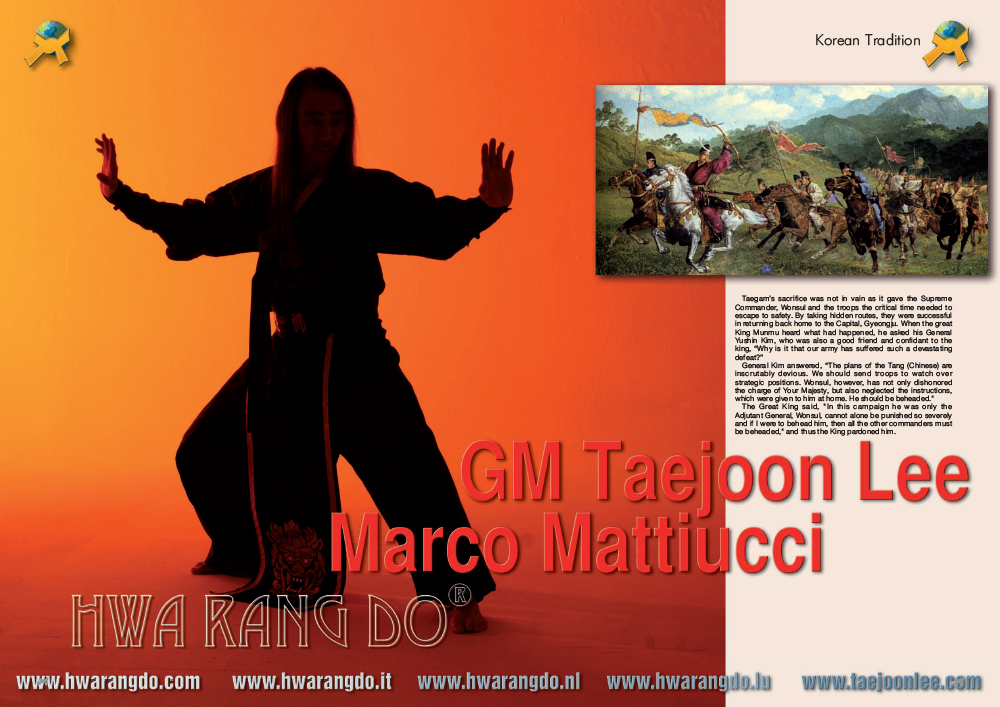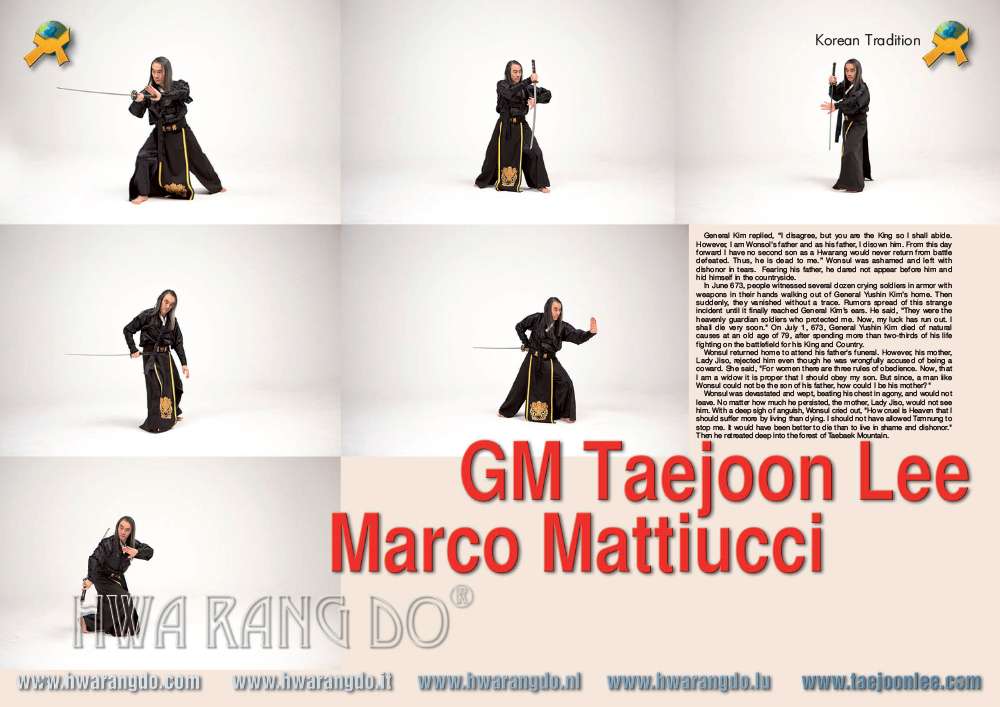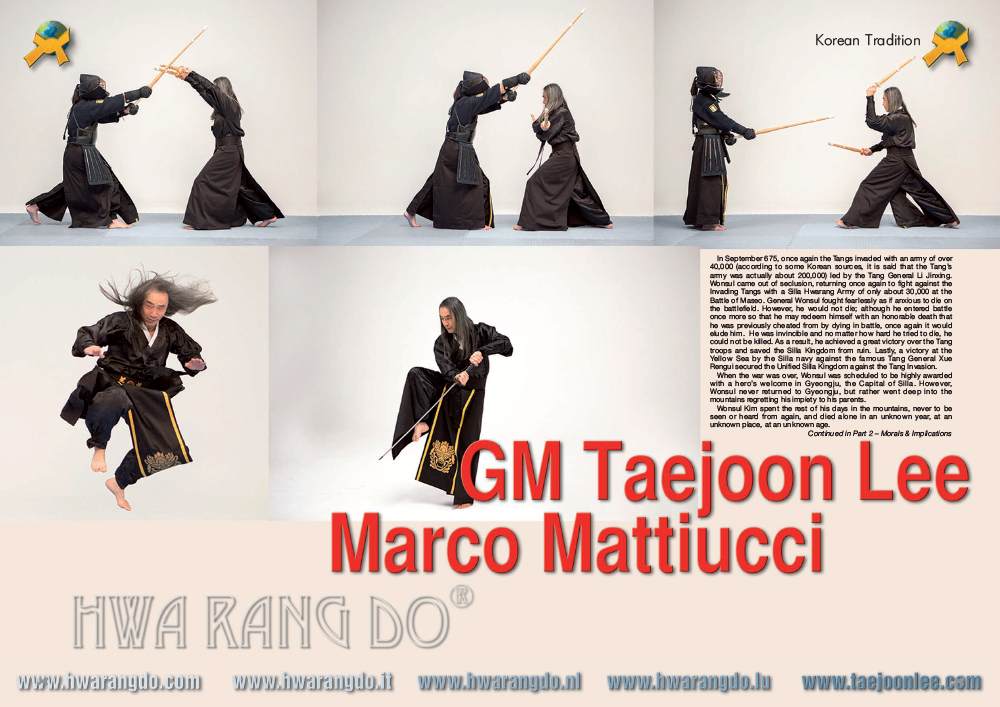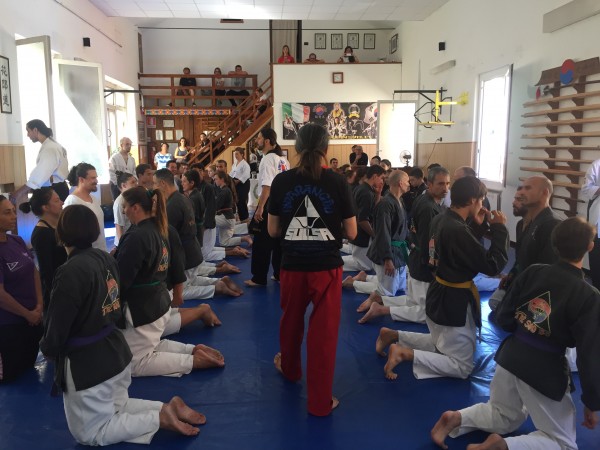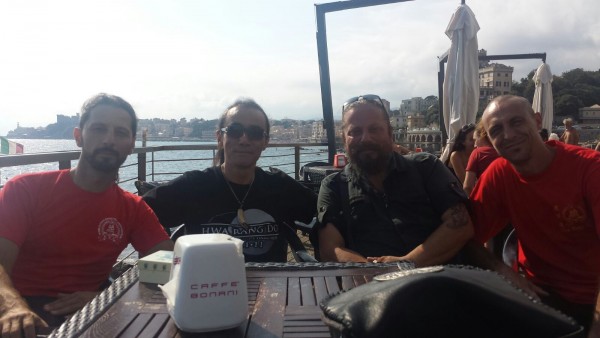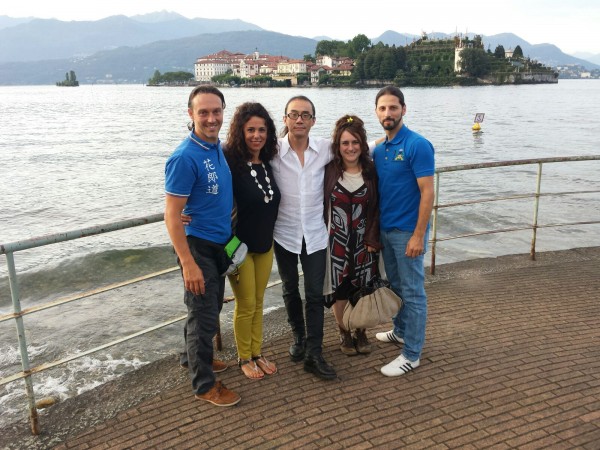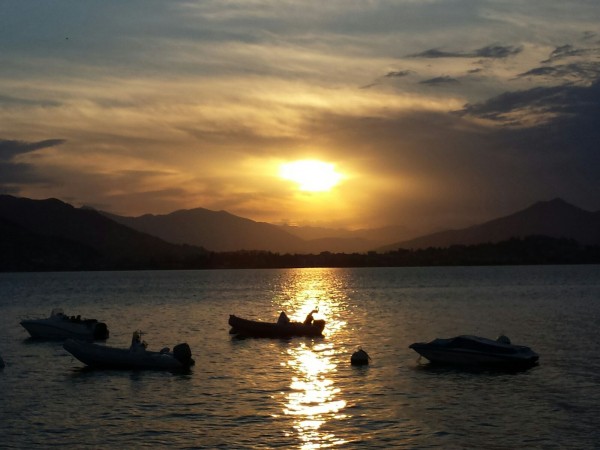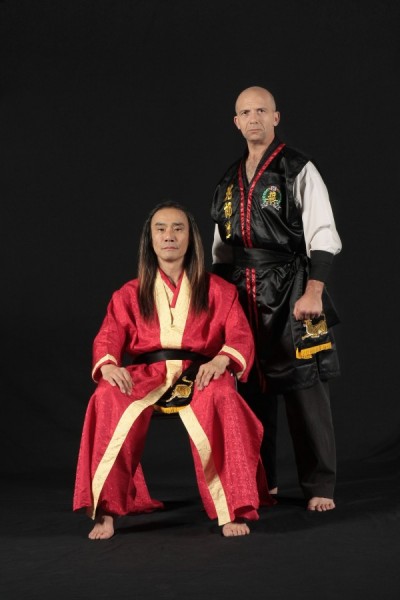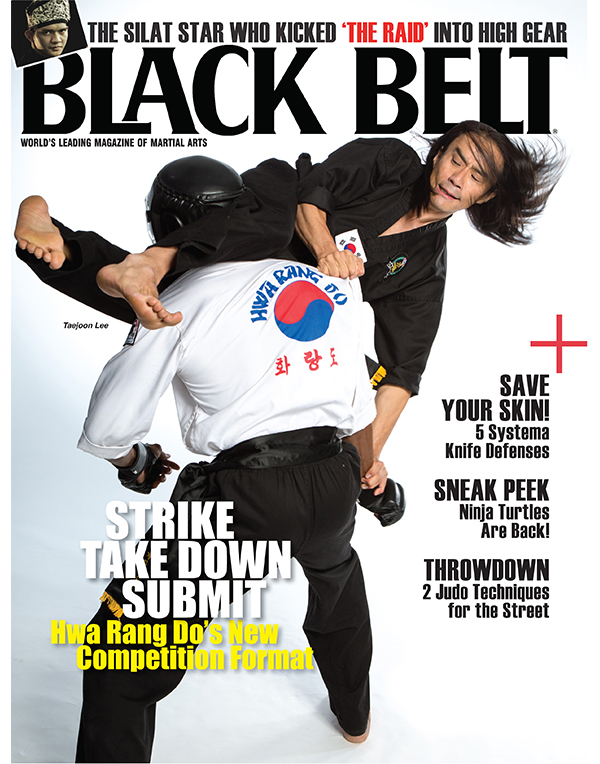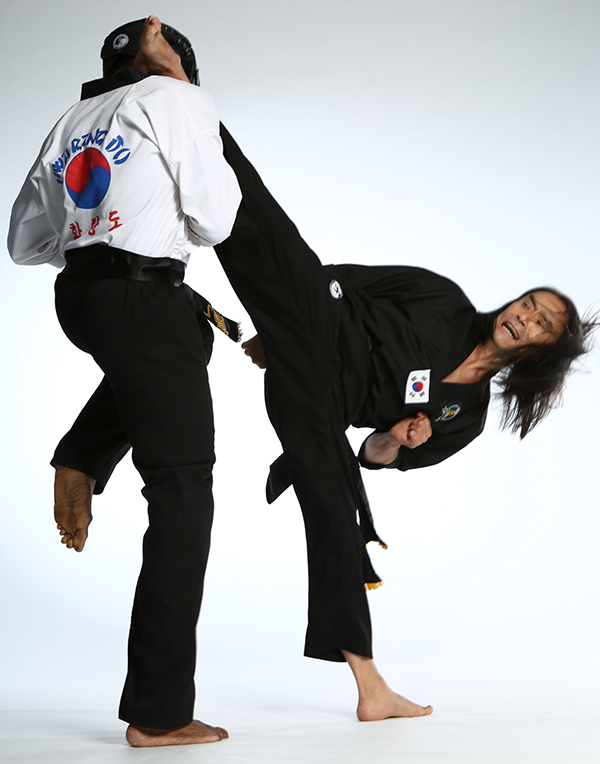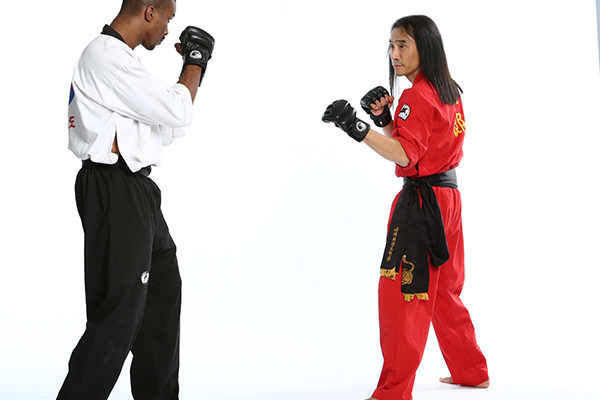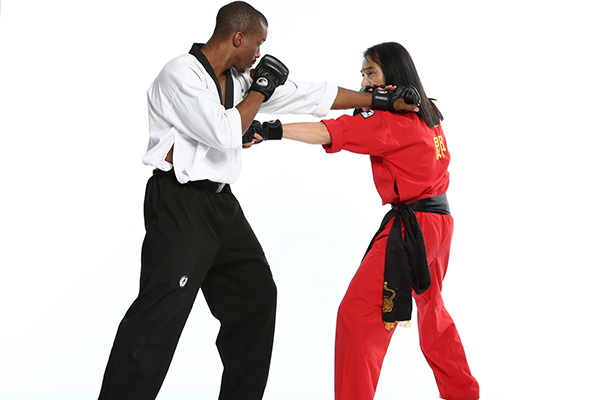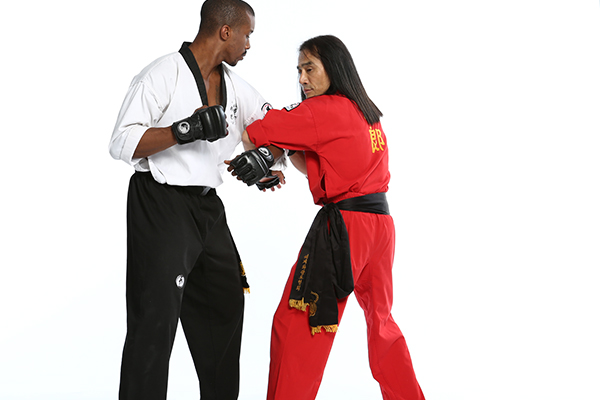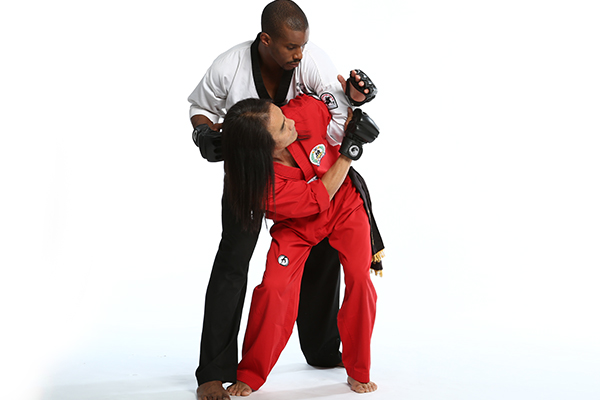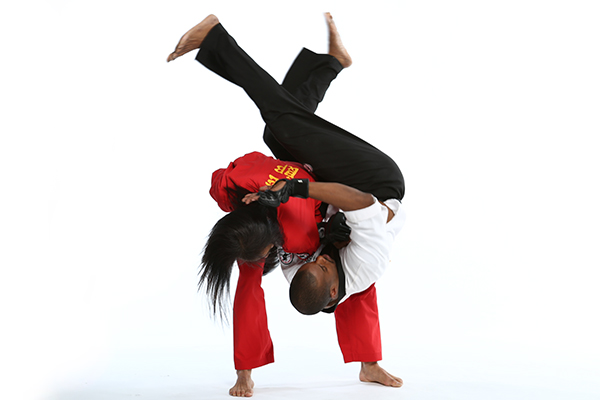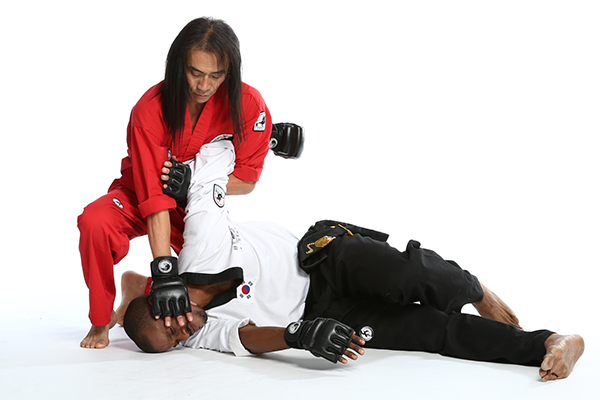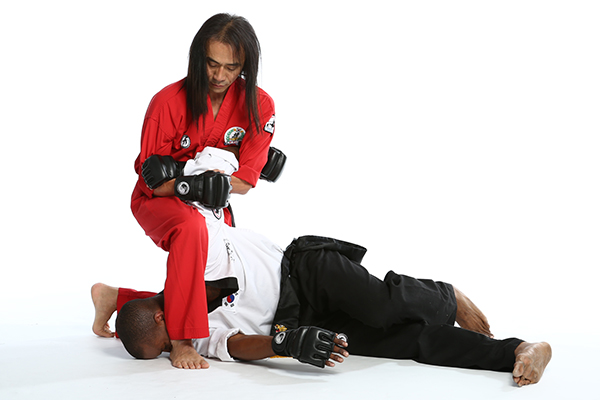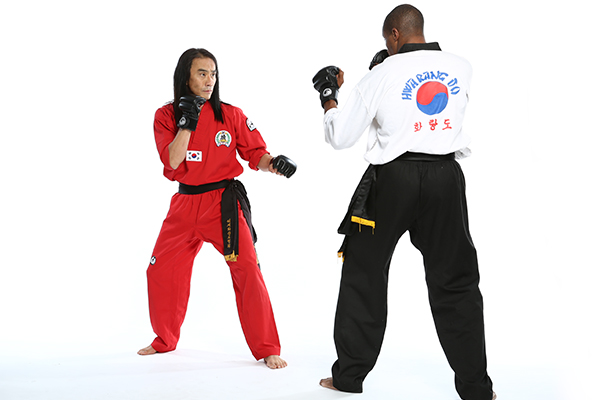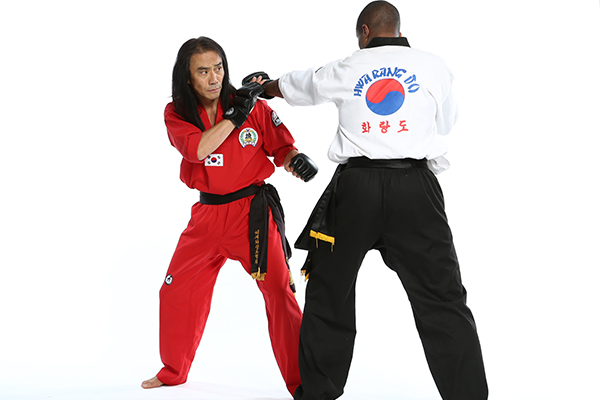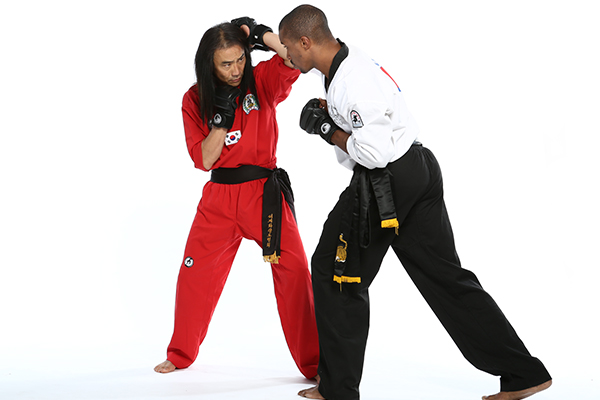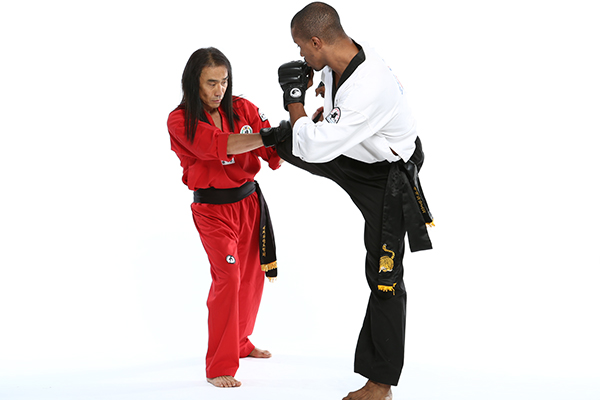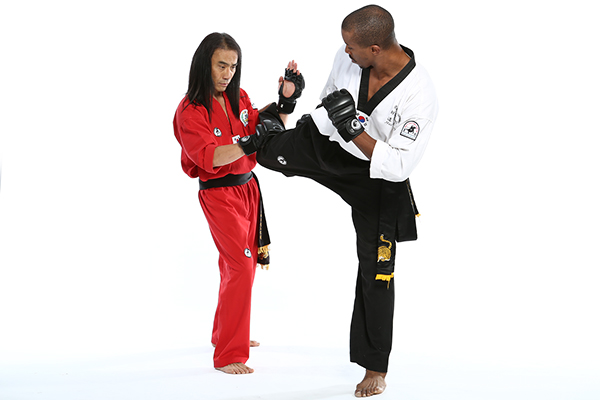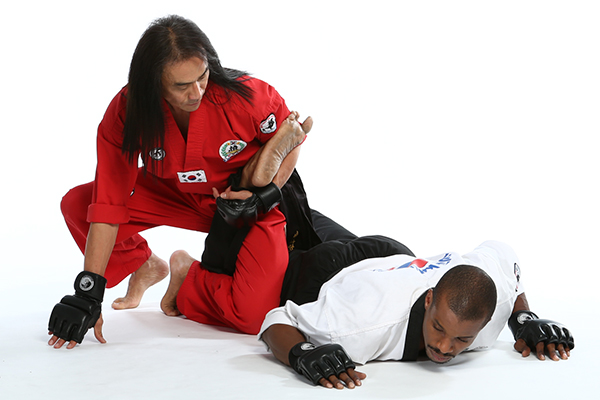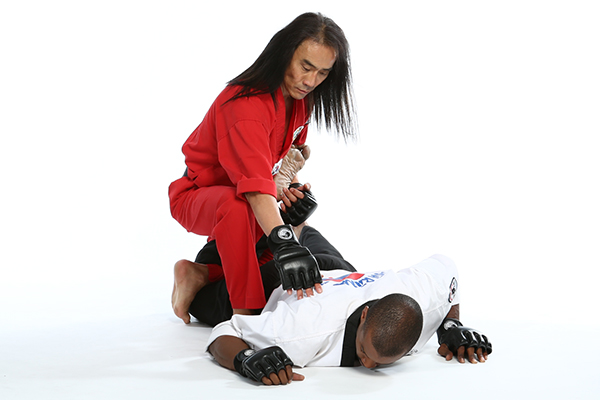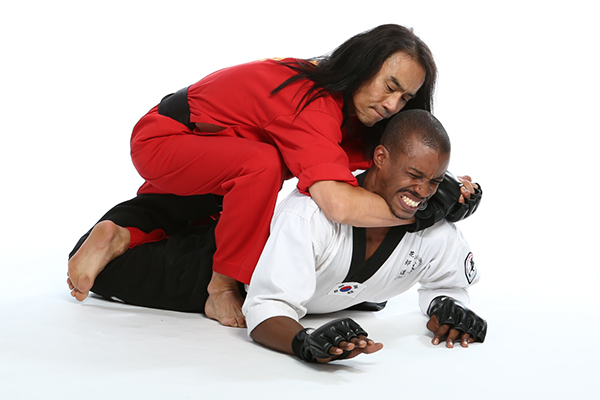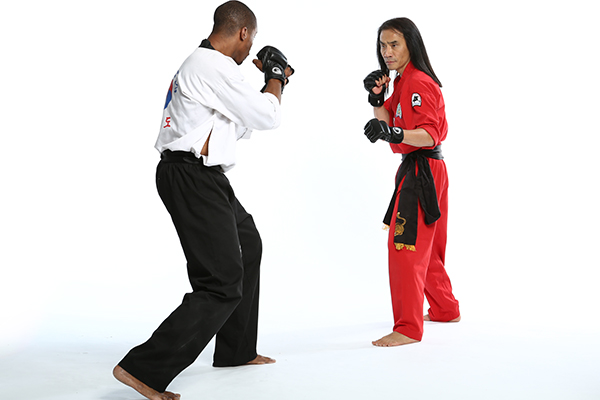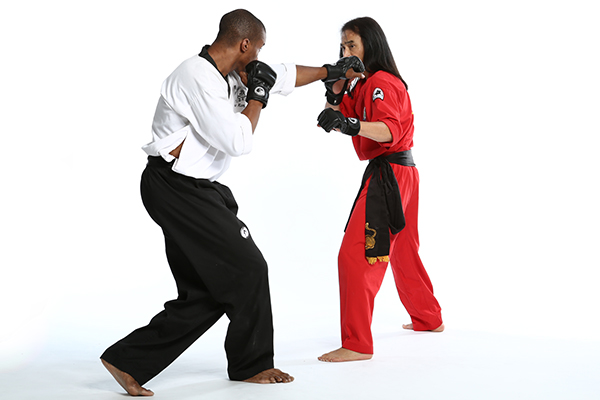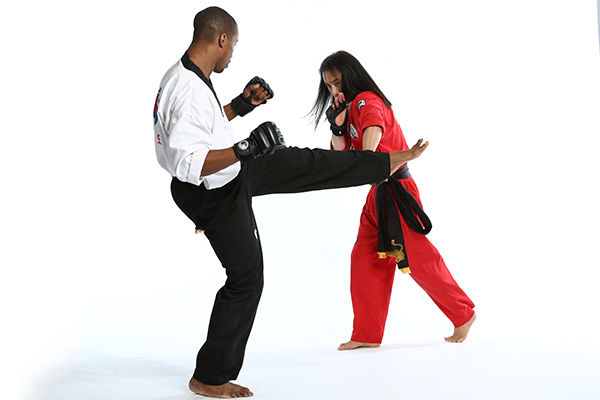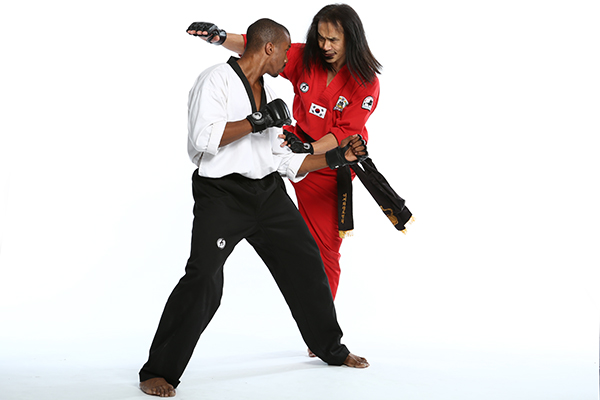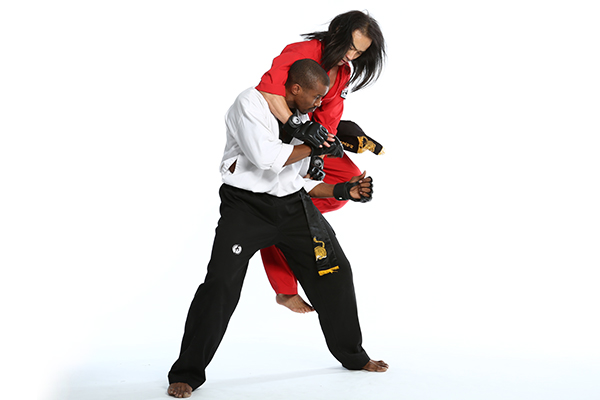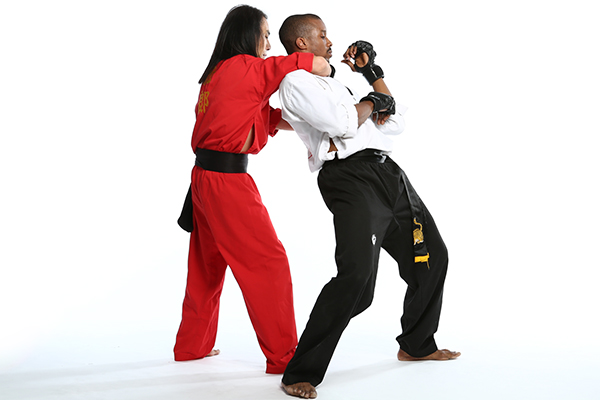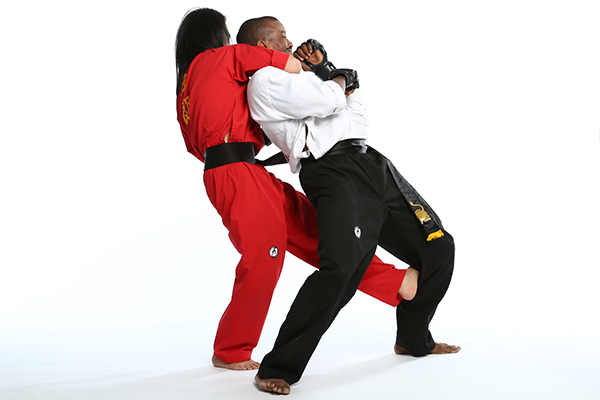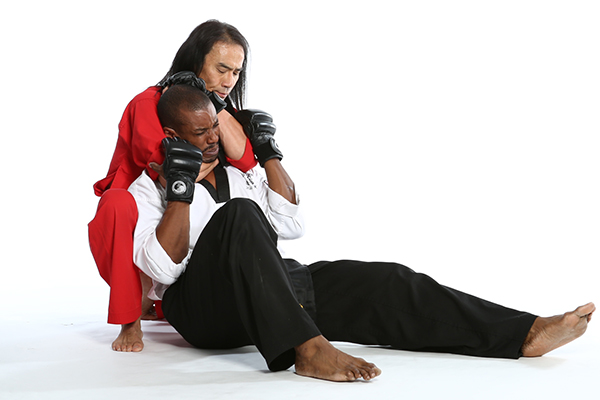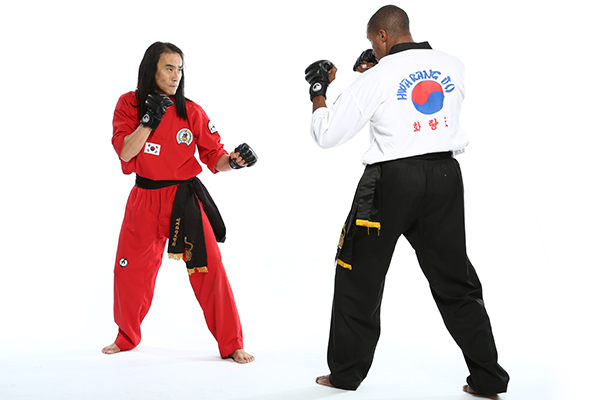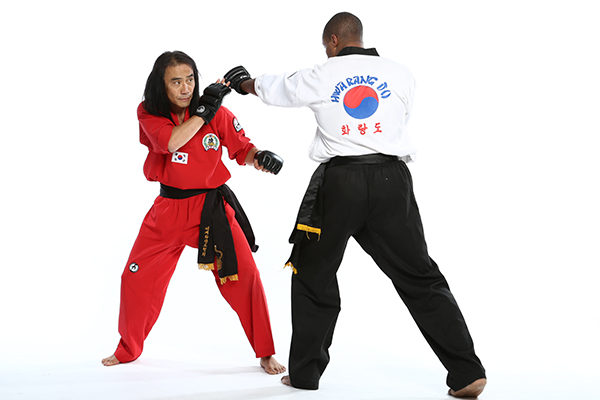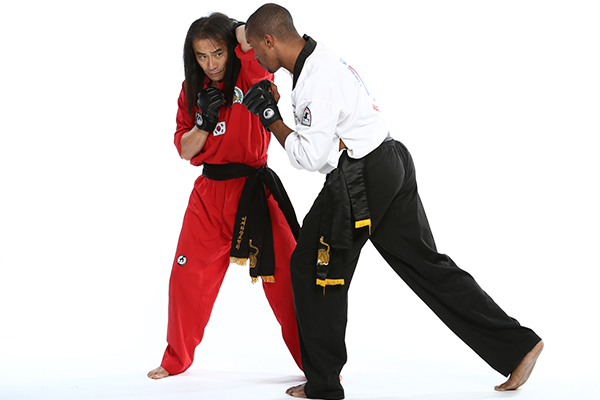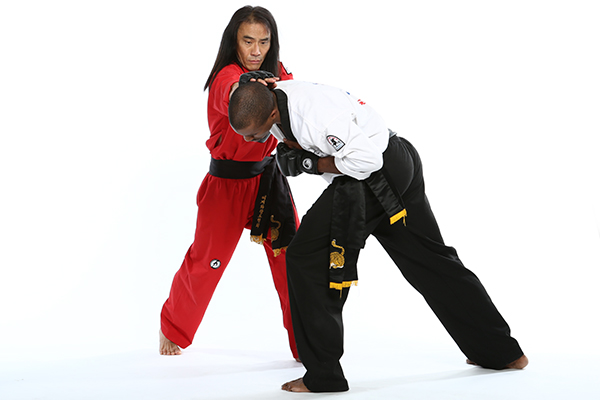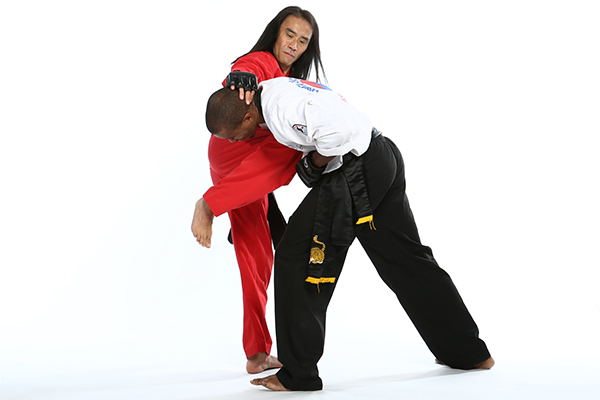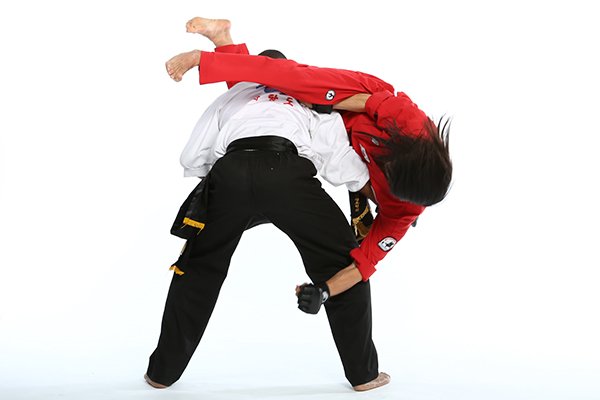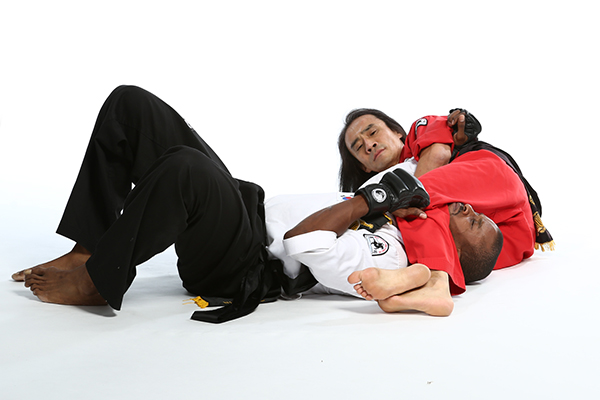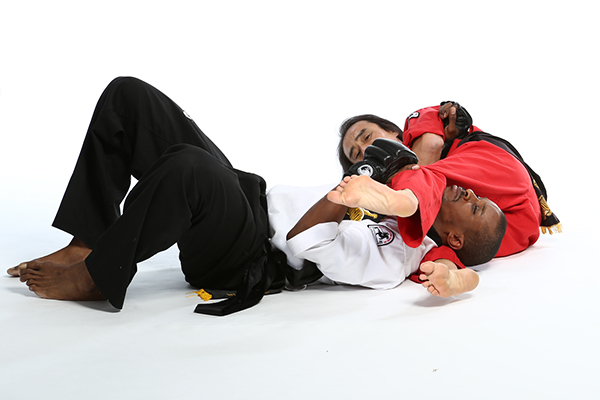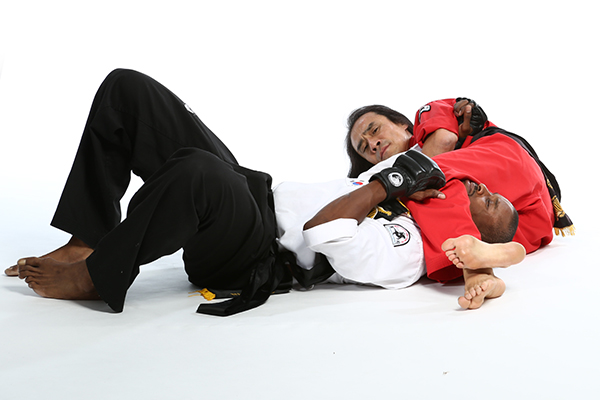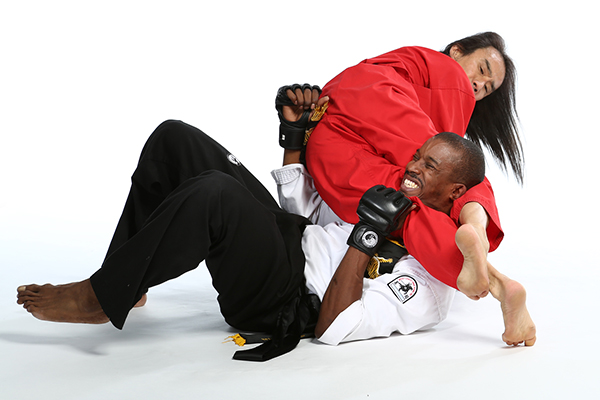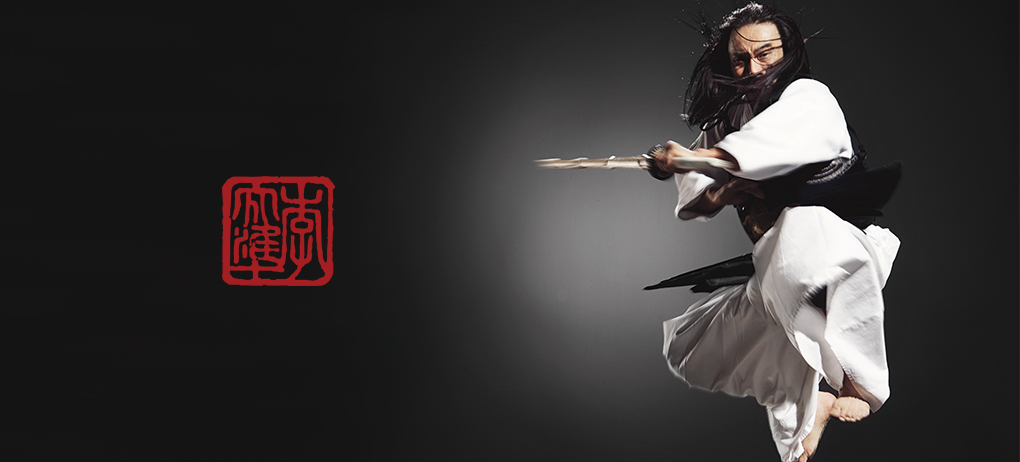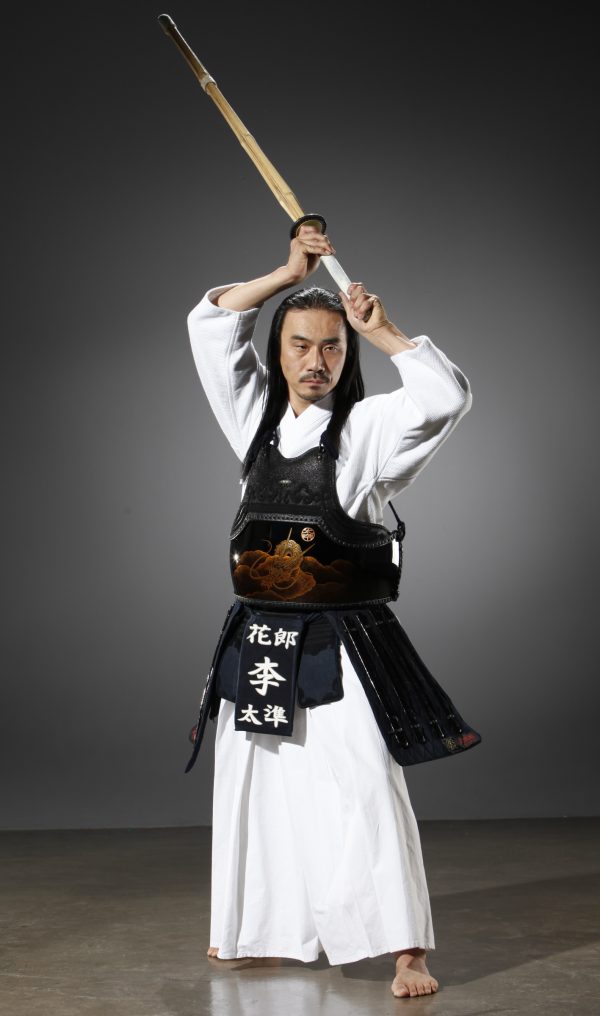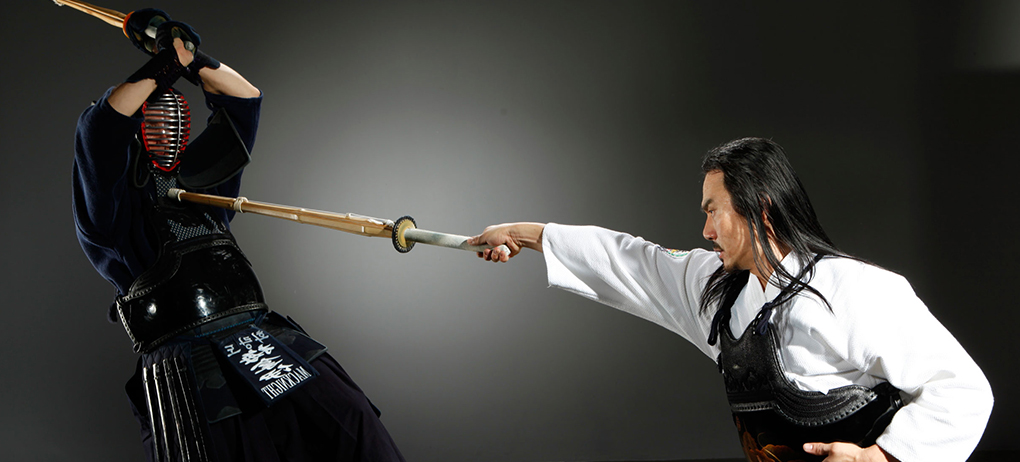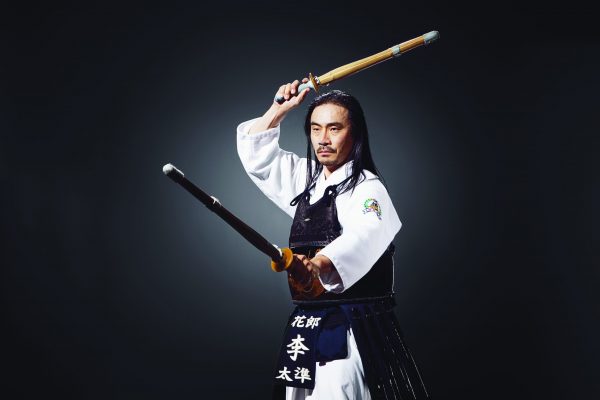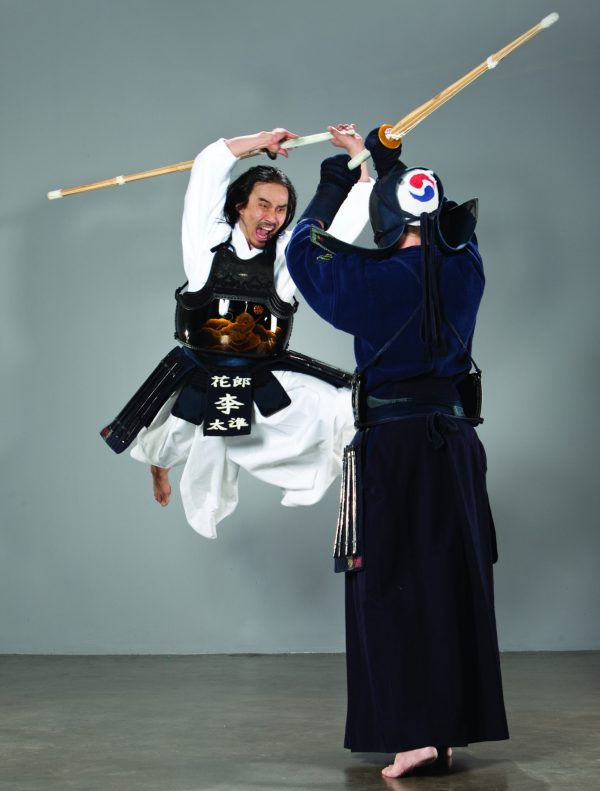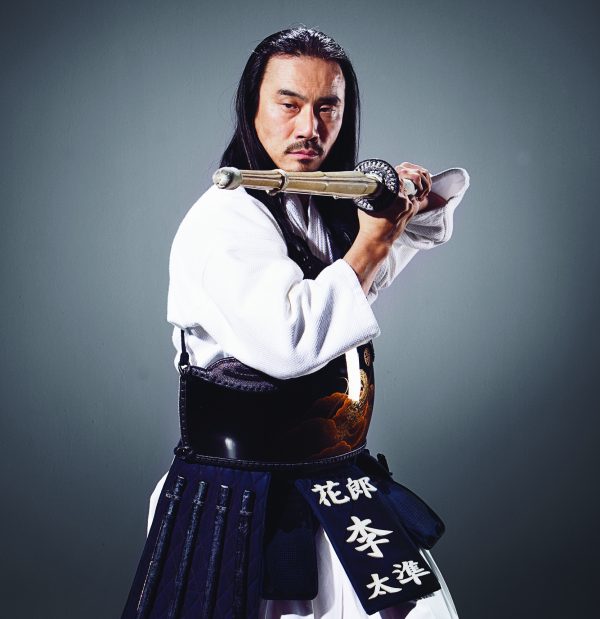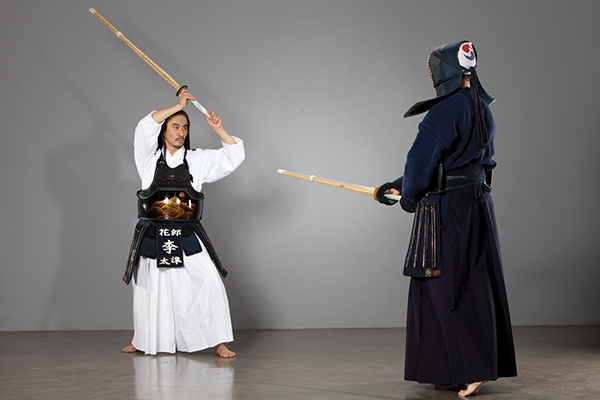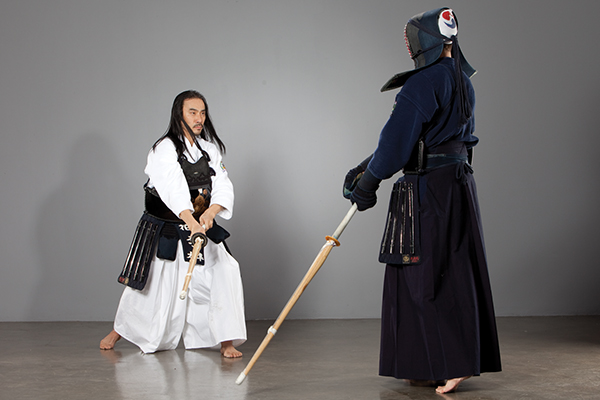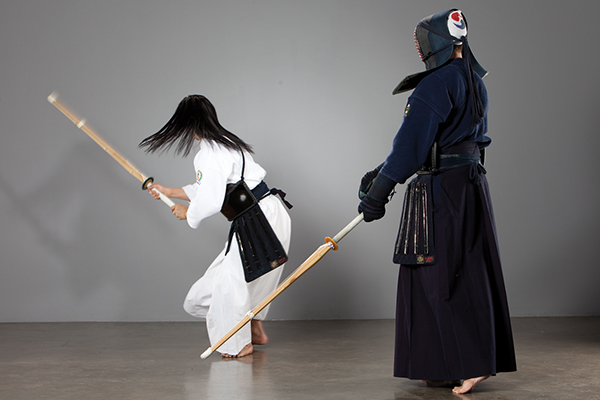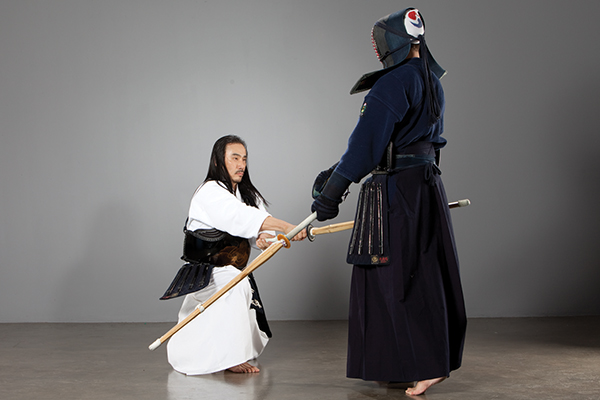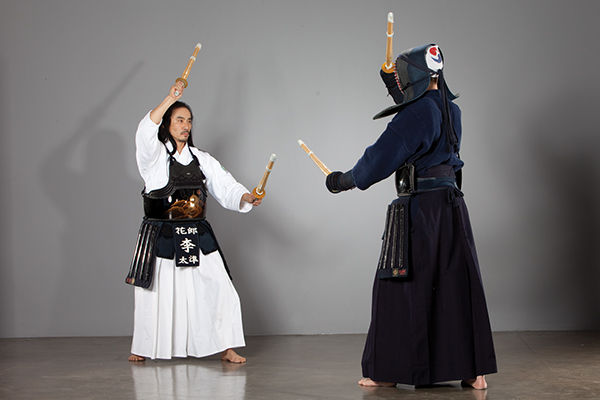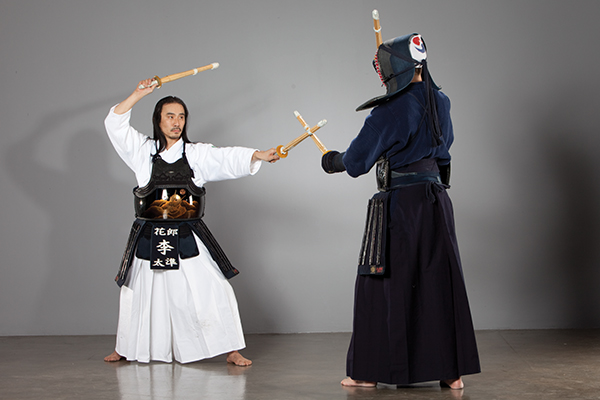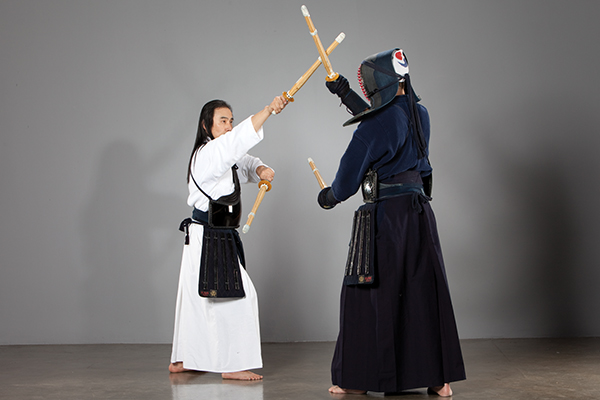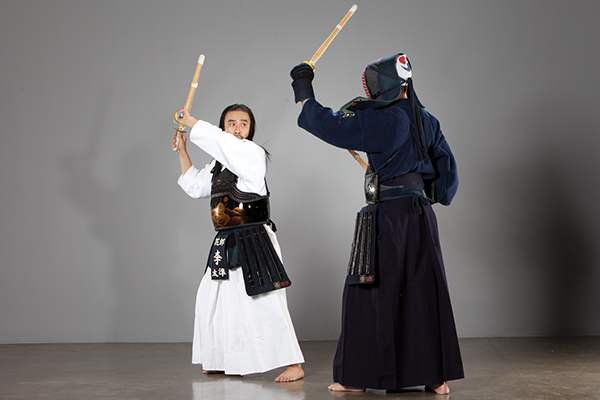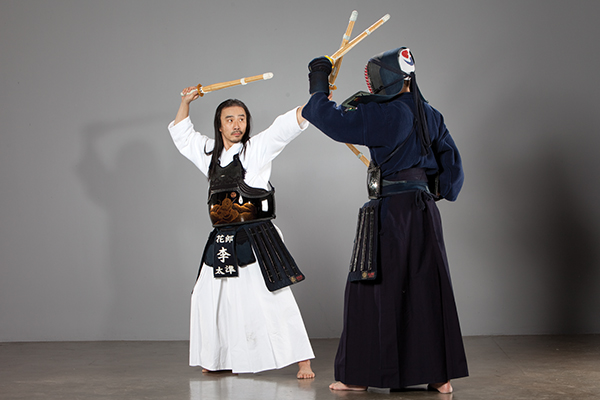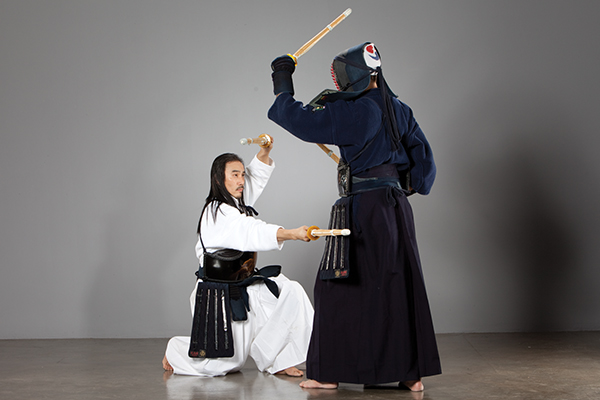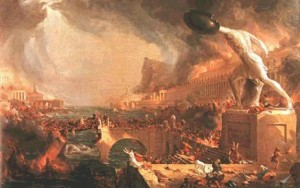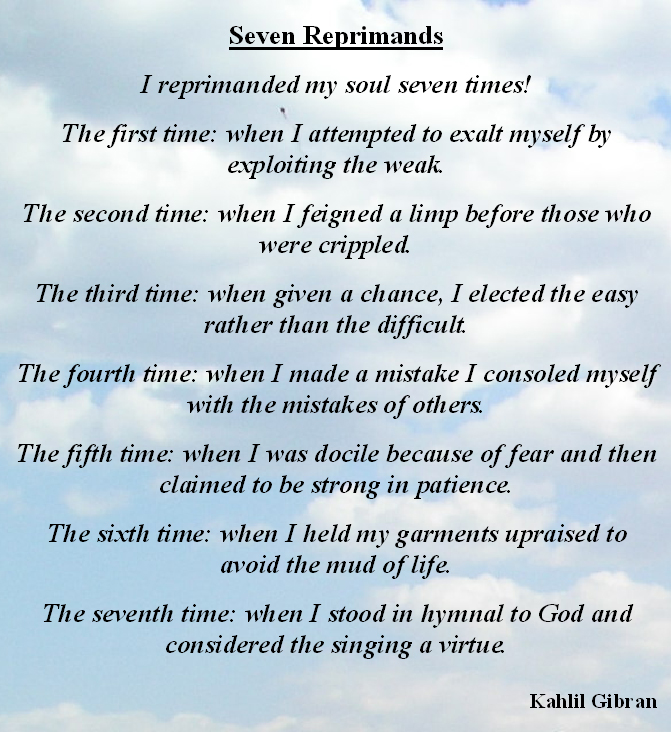Letters from Students and Instructors of Grandmaster Taejoon Lee’s European Tour of Seminars, Instructions, and Mentoring in 2016.
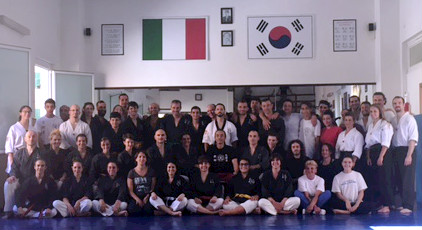
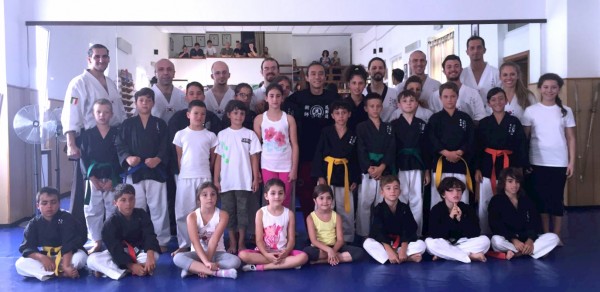
ARIKA MALARBY (Mentoring – Open Seminar – Instructor)
It’s incredible how many things can be taught by a person like Kuk Sa Nim, only in two weeks.
It’s not easy at all to express in a few words the experience we lived in these days. He “planted” many “seeds” in our minds, and now we have to nurture them, water them, so that they can grow luxuriant, letting them change our way of seeing and feeling things, and finally open our eyes to find our truth and our purpose in life.
In the seminars I’ve attended in Chianni, I could appreciate Kuk Sa Nim’s technical and philosophical teachings. I didn’t know what to expect before those two days, and my mind was busy with university and exams, which are now part of my life for the last five years and they’ve taken almost full control of my mind. Those two days have been a turning point, they gave me energy, and I found God’s warmth again, which I had left out recently.
Those two days have been a turning point, they gave me energy, and I found God’s warmth again, which I had left out recently.
The philosophical seminar made me understand how big is Kuk Sa Nim’s knowledge, and how much he has suffered in his life. I couldn’t hold back tears with all the emotions he shared with us, and for the depth of his thoughts and his reflections, on the past and on the Hwarang warriors’ stories, which inspire our Martial Art.
It was a whole different thing to listen to the Grand Master’s words closely, for almost two weeks, to see him everyday and being overwhelmed by his knowledge and experience. The more I listened, the more I wanted to hear, his voice and his teachings. A fair balance between reprimand and encouragement, as we will have to learn to do, in our turn, with the students we are going to teach.
He has the ability to bring out extremely deep concepts, practical and vital, from one single technique, aware of every single word he speaks. One of the problems that are deeply rooted in me is the capability to express with words, to “translate” my thoughts so that others can understand, without continuously filtering my mind, and without rethinking each word I say. This is something I’ve been carrying for a long time, and it often caused me frustration with myself. It was even worse before I left for my volunteering journey to India. I’ve tried to get better, also because it created many problems in university exams, having bigger difficulties when I’m speaking to someone who makes me feel uneasy, such as professors, and also when there is an audience.
Kuk Sa Nim helped me to realize what were the mistakes and the causes that aroused this phenomenon and tried to help me fix them with some interesting hints, which I was never able to catch before. I’ll have much work to do to integrate these corrections in my personality.
“Don’t second guess yourself” it’s something he often said to me and that I will keep on repeating to myself, so that I don’t forget all the teachings he shared with me to change and improve this aspect of myself.
Another essential point of his teachings was Love. As a Christian I’ve always heard about Love, I’ve read it in the Bible, and I’ve always tried to follow it. His testimony of faith inspired me; it renewed and warmed my heart amidst the world today, which is trying in many possible ways to shut it in a box, to make it indifferent and fill it with hatred.
I fully agree with the fact that every person needs love whether they admit it or not, and the most important task for a believer is to share with others the Love that God gives us, with which He keeps “our cup full” so that we can always give, without necessarily needing to receive. With no fear of being the one who takes the first step, without being afraid of other’s judgement, because “if we do what is right, what is true to us, than we don’t need anyone else’s support or encouragement”. This is a great life lesson, hard to put into practice for someone who is used to always hiding behind others’ actions, but we must force ourselves to think with our own mind and by first finding our own truth, which will lead to the discovery of the Truth; and after knowing the Truth, we must take action.
With no fear of being the one who takes the first step, without being afraid of other’s judgement, because “if we do what is right, what is true to us, than we don’t need anyone else’s support or encouragement”.
It has been an immensely emotional experience to be so close to the Grand Master and assimilate all these things: I never thought that I would have the honor to sit next to him and help with the translation (including some reproaching for my insecurity). I got almost “addicted” to his words and his voice, and also because of that I’m happy to have joined the Cyber Dojang where I’ll be able to watch the countless videos of his lessons, and so to continue growing and learning.
So I thank Kuk Sa Nim, for his patience and his reflections, for the strength that he owns, to face this journey, despite being in foreign countries, with no fixed home, all this for Hwa Rang Do and for us; to make sure that the principles of this Martial Art spread out in the world and can be helpful for as many people as possible.
I hope he knows that where there is Hwa Rang Do he can always find a family, and that we will be able to show this to him, as he is showing it to us.
Furthermore, I thank Sa Bum Nim Giuseppe, because without him, none of this would have been possible, and thanks to him, I have joined this big family. I have great respect and admiration for him. He has an enormous passion for Hwa Rang Do and he transmits it to all his students.
I also thank Natascia, Sa Bum Nim’s wife, who was the one that introduced me to Hwa Rang Do. At last I thank God, for guiding me on this path and because if it wasn’t for Him I wouldn’t even exist.
Hwarang forever!
Arika
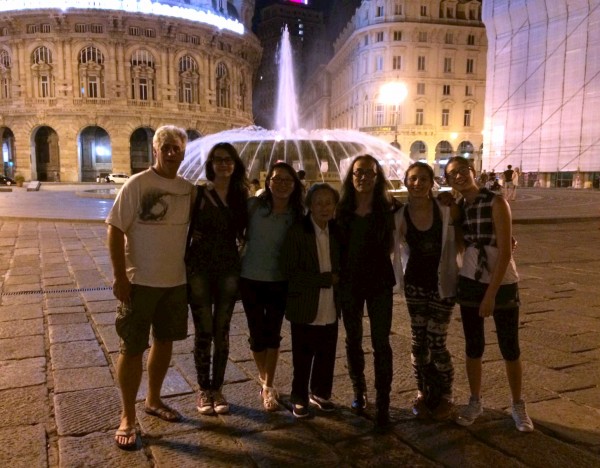
**********
SARA GIOVINAZZO (Mentoring – Open Seminar)
Hwarang Sa Bum Nim,
I’m sorry that I’ve had the operation during the first week of Grandmaster Lee’s visit to Genoa. I would have liked to participate in the training, but because of my health issue, I was inconvenienced of losing a week, gaining only half of the lessons, and also money.
However, since Sunday I had the possibility to see him and listen to his reflections “more closely” even if i wasn’t very lucid. So for me, it’s very hard to give a clear feedback. I wanted to ask more personal questions, but I wasn’t alone so I didn’t feel very comfortable to ask. I would have preferred to inquire about the subject he discussed in Chianni, which made me think and reflect (in a good way).
After the mentoring, I came up with this first conclusion, awareness comes especially from knowledge of things and the World (through studying). With the GM we talked about religion and I simply realized that I never studied and that I knew nothing, that until now, I only drew conclusions and beliefs for my own advantage, not considering the world in a religious perspective, ever.
With the GM we talked about religion and I simply realized that I never studied and that I knew nothing, that until now, I only drew conclusions and beliefs for my own advantage, not considering the world in a religious perspective, ever.
It has been really embarrassing to realize how ignorant I was.
I was impressed by the GM’s ability to get immediately to the “heart” of the matter and to understand the depth of our questions. I believe He’s a great teacher, because of his capability of explaining in a logical and concrete way also the most abstract matter.
I think that just one meeting is not enough for someone of his calibre, but i know that the few things i heard from his mouth, both in Chianni during the seminars and the championships ( including the various practical and technical suggestions) and during the mentoring, were very helpful for me, so much so that he encouraged me to change some aspects of my life and my free time right away.
He surely isn’t a person (if we can call him that) that you can meet and know everyday, and as far as I’m concerned, my daily martial practice, acquire much more value and validity.
I still have many questions, and for that reason, as He suggested, I prefer to find the answers continuing to fully seek, study and live. Now I need to absorb what I heard, and treasure it in my daily life.
Thank you Sa Bum Nim for the opportunity,
HWARANG FOREVER!
**********
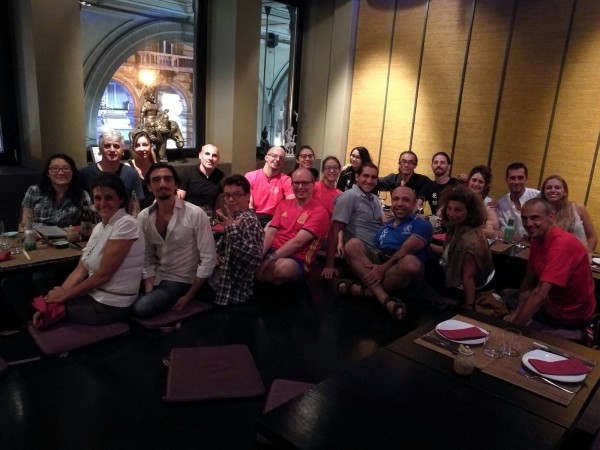
STEFANO RAVERA (Mentoring – Open Seminar)
Hwarang Sabumnim,
I already knew that mentoring with Kuk Sa Nim would have been a deep experience, but the ability of the Grandmaster to know where to focus his attention and transmit his words really surprised me.
The knowledge, the depth, the experience of this man is prodigious. The many subjects we encountered in our conversation went from quantum physics to philosophy with absolute simplicity. I only had to bring out the reason of my interior resentment, that is the absence of a relationship with my father, whom was never a father, to obtain from Him a detailed analysis and the direction to overtake rage and fears, and to free myself from my own conditioning.
We have to realize the huge privilege of being a part of the Hwa Rang Do Family: the Grandmaster, such as all of the instructors, are following us closely, personally, and they are interested in making sure that each one of us express the best we have to offer to the world and become a better man, a true warrior. “Bettering the world, one person at a time”…!
The Grandmaster assigned me a hard task, surely the hardest in my life. He wants me to do it quickly, and then he wants to be informed of developments. No chatters, no privolities, I must get busy and act. I’m not saying that I’ll be able to do it tomorrow, but I need to let the Grandmaster’s words and reflections change me inside and break down the thick walls that I felt forced to build during my many past years. However, I’m sure of one thing: I will do it.
He’s right: nothing in the world is more powerful than Love, and if we have even one single hope in one billion to make someone think and maybe change, we can only do it relying on that Love that we all have within us, and allowing them to experience it.
He’s right: nothing in the world is more powerful than Love, and if we have even one single hope in one billion to make someone think and maybe change, we can only do it relying on that Love that we all have within us, and allowing them to experience it.
“In almost fifty years I learnt more than four thousand way to hurt someone, but true greatness is in not using them, and instead exercising Love”. I have no other words, but immense admiration and deep gratitude, to define our Grandmaster. I’ll try to be worthy of His teaching and to transform the great inspiration I received from him into reality.
Thank you and Hwarang forever!
**********
CLAUDIO LUGARI (Open Seminar)
Hwarang Sabumnim,
Unfortunately, I could only attend the self defense seminar.
More than Kuk Sa Nim’s presence, which I wasn’t able to fully appreciate in the little time I’ve had available, I liked the way that you and we welcomed him, participating, showing warmth and unity, interest, trying to transmit what strikes us about Hwa Rang Do and what keeps us united in the practice. I appreciate Kuk Sa Nim’s humanity and the values that he spreads, in addition to his strictness.
I think that the best summary that He has left us is to underline that this practice is not only about fighting, but it’s a way to improve ourselves through fighting, aiming to become better people, also giving a meaning to the seeking of this improvement.
You are my instructor, so I thank you for your dedication in the organization and for making KSN’s visit possible.
Hwarang forever,
Claudio
**********
SIRIA SAGLIBENE (Open Seminar)
Hwarang Sabumnim!
It was a wonderful experience which added new techniques and causes for reflection to all the considerations taken from the self defense classes of the past few years. I hope there will be more opportunities like this to increase both the technical and philosophical aspects of our Martial Art.
Hwarang forever!
**********
NIVES PAROSI (Open Seminar)
We thank Grand Master Taejoon Lee because when Beatrice met him, she started to understand that every human action has to be thoughtful; that it is in ourselves and we must seek the ethics which lead our behavior, that growth means to constantly change to get better and that Hwa Rang Do represents the tool and the way to travel this path. Grand Master Taejon Lee proved to her that nowadays, especially in our violent society, which is always more lacking of values, there are still principles of honor and intellectual honesty that have to be searched for in ourselves before than in someone else’s words.
Beggi Family
**********
FILIPPO BRUZZO (Mentoring)
Hwarang Sabumnim!
I’ve already tried to explain to my relatives and friends what I felt and what I still feel after spending some time with Kuksanim, but it’s really hard!
There are no words to explain the emotional hodgepodge I’m feeling… I feel different, and I’ve changed the way to see the world and to see myself… I have to immensely thank Kuksanim and Hwa Rang Do for my growth and I have to thank especially you Sabumnim! For the opportunity that you gave me and for the fact that now Hwa Rang Do is a family to me.
**********
ALESSIA SCUTO (Mentoring – Mother of Burattini Family)
Hwarang Sabumnim, in the days before the meeting, I’ve thought of many questions that I could have asked to the Grand Master, but when the time came I only felt the need to ask for help. I perceived the clear and irrational sensation that I could receive that help. What came out of the talk deeply upset me at first and it caused great anguish within me. It takes courage to look at how you really are and realize how far you are from what you had wanted to be. I want to start from here, with this awareness, to walk and fill this gap.
Hwarang forever!
**********
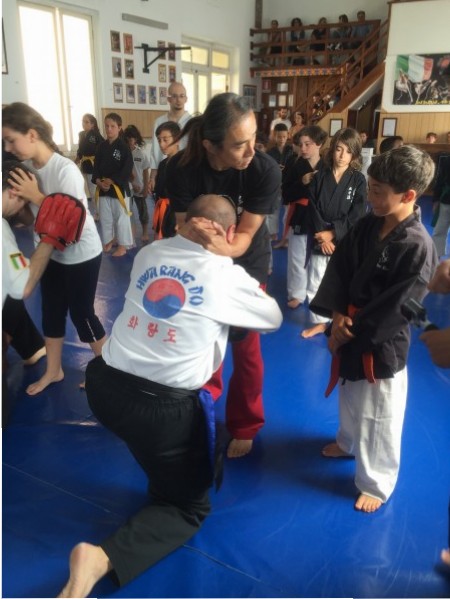
MAURO BURATTINI (Mentoring – Father of Burattini family)
Hwarang Sabumnim,
After 3 days, the meeting with the Grand Master knocked me out… his words and his gaze gave me answers that maybe I didn’t want to hear… But the change that is growing in me, is struggling to metabolize the truth.
I realize that all of my fears, are not a fault, but they’re “HUMAN” and only through the will of listening and working hard to a solution can help me to better understand the relationship with my sons. Until a short time ago, I wasn’t good TOWARDS MYSELF AND THE PEOPLE WHO LOVE ME but since I’ve been practicing Hwa Rang Do, I’m paying the consequences of what I am, with no reductions, but I’m learning to give value to something more than what fits my perception and what has apparently satisfied me.
Until a short time ago, I wasn’t good TOWARDS MYSELF AND THE PEOPLE WHO LOVE ME but since I’ve been practicing Hwa Rang Do, I’m paying the consequences of what I am, with no reductions, but I’m learning to give value to something more than what fits my perception and what has apparently satisfied me.
I thank you infinitely for the opportunities you’re always giving us, and the motivations that you try to transmit to us. I don’t know how far and where I will go, but I know for sure that I won’t stop in for of anything.
My director in Publirama used to say, “the fish always stinks from the Head”, and at the moment Hwa Rang Do’s Head is bright and clear even if it’s hard to follow.
I’m sorry for the strange words but I hope you’ll understand the meaning.. I want you to know that we now realize that Alessia and I have been protecting our love from everything and everyone, but mainly from ourselves… The Grand Master is an incredible person and I never met in my whole life anyone like him.
Thank you,
Hwarang forever
Mauro
**********
ELENIA MALARBY (Mentoring – Open Seminar)
The seminar and the mentoring have been very interesting. At the seminar I learned a lot of things and also I had fun with my friends. The mentoring has been truly inspiring: I understand how to behave my self with other people at school, but also outside. Now, I am not afraid of thoughts or opinions, about me, of my friends; and for this I thank Kuk Sa Nim. Indeed I thank him for all these things, for the help he gave to me and to my family.
Thank you.
Hwarang
Elenia
**********
MEI & TULLIO MALARBY (Mentoring)
It was really a great and deep experience: Grandmaster Taejoon Lee gave us lots of input and encouragement both to us, as parents, and to our daughters.
I’m really thankful because he put into words what I used to think, but never been able to say it in the right way. He also helped me to see things not only in my way but in 360° way.
On behalf of my husband Tullio: he says that he’s always been proud of his daughters and his family, but never more so than in the moment when Grandmaster said to his daughters: “If not you, whatelse could he be proud of?” because that’s exactly how he feels!
I think Grandmaster is a very positive and humble person and he is teaching to the Tae Soo Do and Hwa Rang Do students to be positive, humble, respectful and observant.
Thanks for sharing with us his wisdom.
Hwarang forever!
Mei yi and Tullio
**********
GIUSEPPINA SCICOLONE (Mentoring)
I learned a lot from mentoring. Thanks for the advice: I understand my goal and how to proceed in practice. These days in class and at lunch I found many answers to my questions and why I appreciated his wisdom having already appreciated his impressive martial arts skills.
Thanks again for everything you did and I pray to God to protect him with the mantle of His love.
Hwarang forever.
Giuseppina
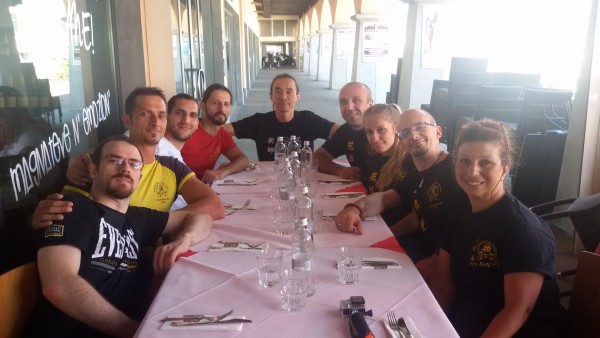
**********
LYSIA MALARBY (Mentoring – Open Seminar)
I’m really glad I got to attend the mentoring, I thought it was inspiring. I was able to acknowledge how pointless my “shyness/overthinking” issues were and to look at them from another perspective.
It did renew my will to fight for myself as well, in some ways: as it’s been a few months since I trained properly (due to me not managing to keep up with my schedule), perhaps I forgot how it feels to be sparring with someone. Thinking of applying that mental approach to other tasks that I up until now thought as difficult, really triggered something in my way of handling certain situations. I still think, for me, it’s going to take some time to actually become the person I’d like to be, but I reckon I can now try and improve myself in a better and faster way. I also found the discussion relating to the family to be very interesting and I’d like to thank Grandmaster Taejoon Lee for giving us this occasion. I really am happier and more proud than ever before to have Hwa Rang Do become part of my life.
Hwarang Forever,
Lysia Malarby
**********
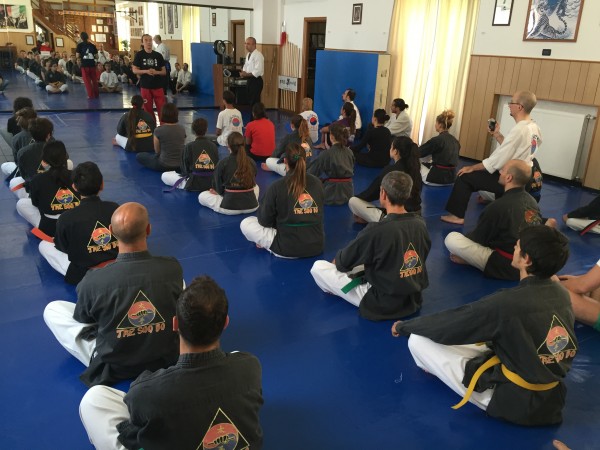
ALESSANDRO & GIORGIA BASTIA (Open Seminar)
Hwarang
We have attended the seminar on bullying together with our three daughters and so we had the opportunity to listen and get to know a very capable person: Grandmaster Taejoon Lee.
The best thing for us was to realize that the person of which we had read and heard a lot about, and who seemed so distant, almost unapproachable, really existed and he came to know us and to let us know him!
After the amazing experience we had in Chianni, these seminars were a further unforgettable opportunity to get our family close, Giorgia in particular who is now purple belt, to this fantastic discipline, which by the way, helped very much our daughter to trust herself and try to give the best that she can in everything she does.
A sincere thanks to the instructors and to the Grand Master for his willingness!
Chiara and Alessandro Bastia
**********
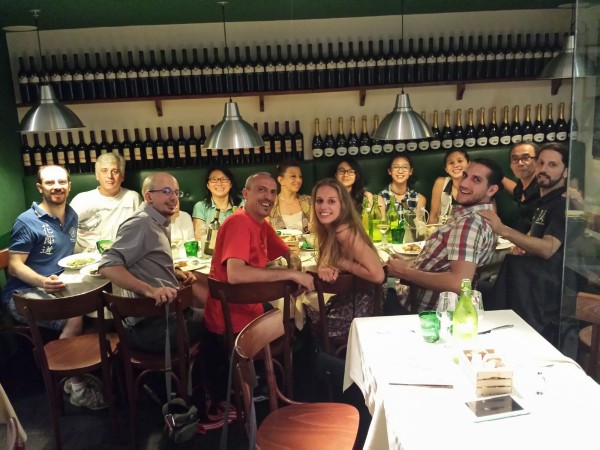
DAVIDE PIZZO (Open Seminar – Instructor)
I knew that the visit of Kuk Sa Nim, Grandmaster Taejoon Lee, to Genova would be an extraordinary experience. I also knew that I would learn a lot, but never thought that it would change my way of thinking so deeply.
The fundamental change refers to the way I now approach to the idea of “change”.
In the past, I have always focused on the problems and difficulties of changing and never on its benefits and how to achieve them. In other words, I always saw the glass half empty. “Disguising laziness with humility” is one of the quotes that Kuk Sa Nim told us when he first arrived in Genova. That quote opened up my mind.
In other words, I always saw the glass half empty. “Disguising laziness with humility” is one of the quotes that Kuk Sa Nim told us when he first arrived in Genova. That quote opened up my mind.
I immediately had the feeling that what Kuk Sa Nim was saying was the truth. I realized that everytime Kuk Sa Nim taught us how to manage something differently than what I was used to, I had to make an extra effort not to argue with useless excuses and justifications.
Then, I decided to change my approach. Kuk Sa Nim came to Genova with the purpose of helping us and would have been stupid on my part if I had missed this opportunity. Eventually, I began to listen and think before I spoke.
Kuk Sa Nim explained in detail how to manage the Tae Soo Do class; how to follow the student from the very beginning of entering the Dojang, inquiring information, until to the black belt exam.
For every procedure and every step, we must always know why and understand the reason thoroughly instead of following them blindly.
Thanks to Kuk Sa Nim I realized that formulating the right questions is fundamental in order to achieve our goals, to know the truth. I also realized that it is much more advantageous trying to understand how to make things work rather than focusing on what would not work.
I am now very enthusiastic and looking forward to September when the classes will start again. There will be much hard work to be done, but Kuk Sa Nim gave us the tools to work in a smarter and more efficient manner in order to reach our goals.
Hwarang forever!
Davide
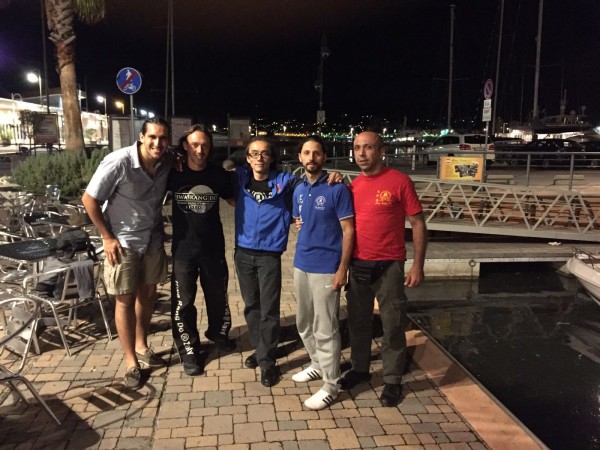
**********
Grazia Gamberale (Parent – Open Seminar)
Dear Mr. Catania, I apologize for the late answer, but we had some problems at home. Riccardo found the activity very interesting and instructive. He was happy to meet a person of such a high rank in this Art who has learnt to love. I personally have to say that it was very educational also for us as parents, regardless of the fact that we think all of your events are beautiful.
I thank you again and again for the opportunity you gave. I give you my best regards.
Grazia Gamberale.
**********
Kristina Qose (Open Seminar)
Hwarang,
On Saturday we had the chance to have an experience that is undoubtedly to be relived.
I finally could have an idea of what is Kuk Sa Nim is like and I must tell he’s just as I expected. He is a personality that really intrigues me. In regards to the seminar, it was very interesting and well organized. I liked it because we tried many exercises we never saw before, but especially because there were a lot of us, and that gave me, as usual, the possibility to confront myself with others and also to see again many familiar faces.
The only other thing I would have liked to do was to go have lunch all together (with the other Tae Soo Do students) just to have a chat and get to know each other better, although Sun Bae Siria was a great company. But, I know that it was up to us to have organized that.
I finish by saying that my feedback is definitely positive!
Hwarang!!
**********
Renato Repetto (Open Seminar)
It has been very strange and unusual to spend two hours working out with those who are my son’s companions; it was as strange as it was special. Only at the end, when I thought of it in tranquillity, I realized that in those two hours I didn’t think of anything else but what I was doing in that moment, training and it made me feel incredibly good. The Korean Grandmaster seems to be a very special person, even if he’s not my Grand Master (not being a student).
I respect and admire very much his job and his way of life.
**********
Maria Corti (Open Seminar)
It was a very unusual experience, I had fun and I felt that I was giving myself a challenge.
I realized I was very clumsy in doing the exercises, but I was amazed at how Kuk Sa Nim helped me, being very kind and calm.
Even if I don’t know English at all, It surprised me how he could make people understand going inside of them, teaching in a way that goes beyond simple words.
